POWER RANGERS NINJA STEEL (2017-18)
Adapted from Shuriken Sentai Ninninger
Neo-Saban Era
When people think back on the Mighty Morphin' days of Power Rangers, two things may come to mind: dinosaurs and ninjas. While the Mighty Morphin' suits remained dino-based for its three years, the last year introduced ninja based powers and zords, with the Alien Rangers having a more ninja-based design (keeping in mind that this was all due to different Sentai seasons being used). Coincidentally, much like how the dinosaur motif has occurred at almost 10 year intervals with Dino Thunder and Dino Charge, the same can now be said for ninjas. Along with Ninja Storm in 2003, now we have Ninja Steel.
I found Dino Charge to be a sign of the franchise getting back on track after years of a downward spiral. Does Ninja Steel keep that momentum going?
The series is centered around the Ninja Nexus Prism, a sentient object that travels across the universe granting power to those in need at times where great evil needs to be fought, similar to how the Quasar Sabers work in Lost Galaxy. The villain Galvanax seeks this power himself but is unsuccessful, making it even more complicated once the Prism creates the Ninja Power Stars, bestowing them on those worthy of becoming the Ninja Steel Power Rangers. While taking the Prism is still the main goal, the villains at the very least attempt to defeat the Rangers and steal their Power Stars.
Tonally, Ninja Steel is a back-to-basics approach to the franchise, trying to evoke the Mighty Morphin' days. Megaforce also attempted to do this at first until they decided to drop actual character driven stories in favor of non-stop fights and action. Ninja Steel, however, is actually able to succeed in this respect and keep it going to the very end. We have Rangers in high school once again, and in between fighting monsters, we see them dealing with real life problems, like overcoming fears, learning life lessons, and dealing with family drama. We even have recurring characters like other students, school staff, as well some of the Rangers' parents appearing. Coupled with the improved acting, Ninja Steel created what I felt to be an authentic environment (at least as much as you can get from Power Rangers) with characters we can actually care about and relate too.
Problematically though, I noticed a lot of similar plot points shared with Dino Charge, particularly at the beginning. You have the main villains seeking a power source that grants the Rangers their abilities, the Red Ranger searching for a missing relative who also becomes a ranger, and one of the villains capturing the Gold Ranger and using their power for their own means. It's not odd that different seasons would have resemblances in story, but when it's back to back seasons, it just kind of feels like they copy and pasted.
The theme song is fine, if a bit basic. It's actually kind of bizarre too, where the lyrics are sang quite fast and yet the tail end of the song kind of lingers like they were about finished but needed to go just a little longer. I also think it's a bit of a sign your theme song is lackluster when during the Megazord finishing moves, they're either playing instrumentals of "Go Go Power Rangers" or the Dino Charge theme; if anything, it just reminds me of how good the Dino Charge theme was.
Speaking of zords though, they're a bit all over the place. Usually sets of zords are based on humanoids, animals, or vehicles, but this time around they're mixed. The initial zords are a robot, a dragon, a dump truck, a train, and a dog, with auxiliary zords including an elephant and UFO.
I will say though that with the new set of zords they get later, the Ninja Blaze Zords, they're a bit more focused. They're all based on animals and when they combine into the Ninja Blaze Megazord, it makes me think they took some inspiration from Megazords from past ninja based seasons, including the Ninja Megafalconzord and the Shogun Megazord from Mighty Morphin', and the Storm Megazord from Ninja Storm.
Primarily blue, animal heads making up the fists, circular chest, prominent symbols on the legs, and birds making up the head. I even looked into the Sentai source, Ninninger, to see if aside from behind the scenes decisions, maybe the past ninja sentai teams, Kakuranger and Hurricanger, had a hand in helping develop it, but not so much.
The Rangers this season don't have much when it comes to complex characters, pretty much being goody-goodies like the original Mighty Morphin' team. Still, I'll go through what I liked and didn't like about them.
Brody, the Red Ranger, had a lot of potential when the season began. He was kidnapped at a young age by Galvanax after watching his father apparently die, and he was made a slave on Galvanax's ship for ten years before escaping with fellow slaves Redbot and Mick. Once he enrolls in school with the other Rangers, there's not much of a "fish out of water" story considering he was gone from Earth for so long. One of his main goals is finding his older brother, much like Tyler was looking for his dad in Dino Charge. After finding his brother though, there's not much of a journey for him. Still, he does have stuff to offer like teaching the other Rangers ninja skills like his father taught him and his brother, and he later offers lessons to those wanting to learn at school too. That aspect reminds me of Jason teaching karate classes at the juice bar; and honestly, Brody kind of reminds me of Jason to some degree altogether. Though his constant saying of how something is "epic" can get a little annoying once you catch on to how often it happens.
Preston, the Blue Ranger, is a non-annoying and actually fun version of Dax from Overdrive in how they're both aspiring showmen. He's wanted to be a magician since he was young, and thanks to his Ranger powers, his magic amplifies from simple tricks to actual spells which come in handy quite often. He's not in everyone's face about it though like Dax was like saying how something could be like a movie or wanting to be an actor.
Sarah, the Pink Ranger, is kind of what I'd expect if Kimberly and Billy had a kid. Like Kimberly, she's very attractive and has a similar fashion sense (and I bet kids today watching had a crush on her like kids did on Kimberly back in the day). Like Billy though, she's the smartest of the Rangers, taking pride in school and inventing a lot of crazy devices. The first time she appears on the series, she's riding a freaking hoverboard she invented herself; that's comparable to Billy creating the Radbug, the flying car they used at times when the teleportation system was down Granted, we learn that hoverboards are a common thing now, but she's also invented holographic clones of herself and a device that can create delicious cookies out of any kind of food.
The interesting thing about Calvin and Hayley, the Yellow and White Rangers, is they start out the season as a couple, and a good one at that in my opinion. Usually, Rangers become closer as the season goes on and hook up by the end so this is a nice change of pace. I partly wondered how much drama we'd get and if they'd do a break-up storyline, and we partly get that in the finale, but nothing extensive. There's also one episode where Calvin thinks Hayley is cheating on him with Preston, when in reality they're just part of a surprise Romeo and Juliet performance with the two in the title roles; misunderstanding aside, infidelity is a pretty heavy topic for a show like Power Rangers in my opinion, and my dad cheated on my mom so that's a sore spot for me. Individually though, Calvin is an aspiring mechanic whereas Hayley doesn't have much going for her aside from the acting thing, but it doesn't come until the second half of the season and it only in two episodes at that.
Levi is the Gold Ranger, Brody's brother, and a country music star. When he first debuted, I wondered if he would put his music first since he's such a public figure, similar to how Phillip in Dino Charge was a prince. Thankfully though, realizing Ranger duties are more important, he takes a break from touring and even enrolls back in high school, not to mention spend some time with his long lost brother. Levi's a likable character and he does come off as a charming celebrity. His Ranger design can be described in no other way than "ninja cowboy". His helmet has a hat shape to it, his sword is also designed like a guitar, and his shield is similar to a poncho which gets a cloth extension thanks to a power-up he receives later (which had a little more build-up than it needed). It sounds silly, and it kind of is, but it does help differentiate him from the core Ranger team.
Compared to the last few seasons, the Rangers have a bit of a supporting cast this season.
First there's Mick, portrayed by Kelson Henderson, who has done a number of roles on Power Rangers, through voice work and live characters, since production moved to New Zealand with Ninja Storm. His best role was probably Boom on SPD. Mick is the one who helps develop the Rangers' weapons and zords, forging Ninja Stars that he throws into the Prism, which completes the process. At first I thought he was just going to be the tech guy like he was in SPD, but Mick turns out to be an unlikely mentor. Throughout the series, he helps the Rangers learn life lessons in a way that's unique and where the Rangers are able to come to the realization themselves without Mick having to spell it out. Overall, Mick is likable and one of my favorite characters on the show.
Redbot is pretty much the Alpha of the series, helping when he can and having some interaction with other people like Alpha used to. He does have an edge over Alpha though in that he has rocket feet and can help fight a little bit.
Then you have Victor and Monty, who are essentially the Bulk and Skull of the series. I don't make that comparison lightly though, as they do at some point get a new version of Bulk and Skull's theme music playing during their own scenes (funny enough, I was imagining their theme song over those scenes even before the actual music became part of the show). Another good comparison for the two though is Gaston and Lefou from "Beauty and the Beast." Victor is the stereotypical jock, and a well accomplished one at that, and Monty is the stereotypical nerd, and I kind of think they're jock and nerd the other jocks and nerds don't want to hang out with. The main goal of these two throughout the series is Victor getting his 50th trophy, at times lying or trying to sabotage others to do so. Like Bulk and Skull, they're the victims of a lot of physical comedy in the series. Unfortunately though, a good portion of such comedy is fart jokes. Fart jokes can work and done in moderation, but it has to be for the right audience; Power Rangers may be a kids show, but it's had a fair share of very dramatic moments where it feels so out of place, especially over two decades in. Victor and Monty don't have any real character development compared to Bulk and Skull, but they do have their heroic moments. They're able to prevent one of Madame Odius' plans to destroy the Rangers and in the finale, they're able to transport a number of human captives off of the villains' ship, even killing villains Cosmo and Badonna in the process. So it shows they may be a-holes, but they're not 100% dicks.
Much like Sledge being a bounty hunter in Dino Charge and using his prisoners to fight the Rangers, the villains of Ninja Steel do have a uniqueness to them. Galvanax runs a intergalactic television show called "Galaxy Warriors", which is he is the champion of. The show initially pits alien monsters to fight each other, but with the debut of the Power Rangers, the format changes with Galvanax sending monsters to fight the Rangers and retrieve their Power Stars. It's an interesting concept and it's a win-win situation, as the monster gets recognition for themselves in addition to getting the Power Stars for the main villains.
With this concept, Galvanax reminds me a lot of Mongul from DC Comics, who ruled Warworld and entertained audiences with gladiatorial fights but sought more power for himself. There's also an interesting aspect in that he doesn't fight the Rangers himself because he's out of practice, and that even if he's not destroyed, a loss could be a blow to his reputation as the Galaxy Warriors champion. He had good potential as a villain and was even able to steal a number of the Rangers' Ninja Stars, but he is ultimately defeated.
Madame Odius becomes the main villain from that point, though she had been planning to betray Galvanax the whole time, even kidnapping Levi and trying to take the Gold Ranger power for herself. She continues trying to get the Power Stars for herself, though she's more inclined to use magic compared to Galvanax. She reminds me a bit of Rita and they even updated her theme song to use for Odius, similar to the updated Bulk and Skull theme for Victor and Monty.
Ripcon was Galvanax's original second-in-command and battled frequently with Brody, keeping the tradition of the Red Ranger/villain general rivalry going all the way back to Jason and Goldar alive. Unfortunately, Ripcon is killed off very early, partly due to Odius making him look back to Galvanax repeatedly, with his last chance to prove himself leading to his demise by the Rangers.
The proper Galaxy Warriors show is hosted by Cosmo Royale, who has a demonic ringmaster like design and has quite the flair as a showman that makes him fun to watch. He introduces the monsters, works to get the crowd excited, and he's in charge of making the monsters big with the "GIGANTIFY!" button.
The only other villain that stood out to me was Badonna, who's pretty much Odius' second-in-command. She doesn't really do much, but she had a distinct voice.
Overall, the villains of Ninja Steel are okay, but don't stand out that much compared to past villains.
The 25th anniversary of Power Rangers was also marked with this season, and as tradition, a team-up special was included. "Dimensions in Danger" involved a villain from the Anti-Verse named Lord Dravon kidnapping past Rangers and stealing their powers to create an army to conquer all the separate Ranger dimensions.
It's here we get confirmation that Ninja Steel takes place in the main timeline (Mighty Morphin' through Jungle Fury, Samurai and Megaforce), and that Dino Charge was in its own universe in the same vain as RPM. Like other seasons though, Ninja Steel started out confused about whether it was in the same universe or not. I'm happy Ninja Steel is part of the main timeline though, as I prefer Power Rangers to have this continuously building history. One-off seasons can be fine once in awhile, but constantly doing it can come off as lazy and not wanting to put in work to connect things.
The past rangers in this special include:
* Tommy, who has built a master morpher that allows him to morph into his previous ranger forms, from Mighty Morphin' Green and White, Red Zeo, and Black Dino Thunder Rangers. It's also worth mentioning that since Dino Thunder, Tommy has married and had a son named JJ. It's not explicitly stated, but it's implied that he did indeed marry Katherine, as the two are shown holding hands, and it lines up with the Christmas episode in Zeo where they're shown as old, married, and even have grandchildren.
* Rocky as the Mighty Morphin' Red Ranger.
* Katherine as the Pink Turbo Ranger.
* TJ as the Blue Space Ranger.
* Wes as the Red Time Force Ranger.
* Trent as the White Dino Thunder Ranger.
* Gemma as the Silver RPM Ranger.
* Antonio as the Gold Samurai Ranger.
* Gia as the Yellow Megaforce Ranger.
* Koda as the Blue Dino Charge Ranger. (Fun fact: the actors who play Koda and Preston are real life brothers.)
"Dimensions in Danger" is probably my favorite of the anniversary specials. It brought back a number of Rangers I thought I would never see again and had good diversity in terms of different eras and a variety of Ranger colors. Thankfully, unlike Megaforce's so-called "Legendary Battle", "Dimensions in Danger" don't treat the veteran Rangers like a literal after-thought, and we get to see rangers of old and present interacting in and out of costume without either side overshadowing the other. Like Wild Force's "Forever Red" though, I feel it could have benefited from being a two-parter, giving all the old Rangers some good moments, as well as actually including their morphing sequences instead the flash-morphs. For what it was though, "Dimensions in Danger" was able to satisfy this long-time Ranger fan.
In terms of where I would rank Ninja Steel on my list, I would put it just under Dino Charge. I did struggle on where I would place it during my watch through, I had to take three things into account. How it compared to the previous season (Dino Charge), how it compares to a similar anniversary season (Wild Force), and how it compares to the last ninja based season (Ninja Storm). I place it just below Dino Charge due to how it seemed like certain plotpoints were repeated so soon after, but compared to Wild Force and Ninja Storm as a whole, Ninja Steel didn't have anything that outright frustrated me (aside from the fart jokes but it's not like those were crucial to the plot). If anything, Ninja Steel is a safe season. It's not extraordinary, but it's not exactly bad either. It's like the eleventh season of Doctor Who with Jodie Whitaker. It just wants you to have fun.
Ninja Steel marks the end of the Neo-Saban era as Hasbro bought the Power Rangers franchise last year. As a whole, the Neo-Saban era was kind of rough, from the change in broadcast schedule and the varying degrees of effort put into each season. I'm not sure how much if anything will change with Hasbro in charge, but we'll see how they fare with their first production, Power Rangers Beast Morphers.
My Rankings of Power Rangers Seasons:
13. Ninja Steel

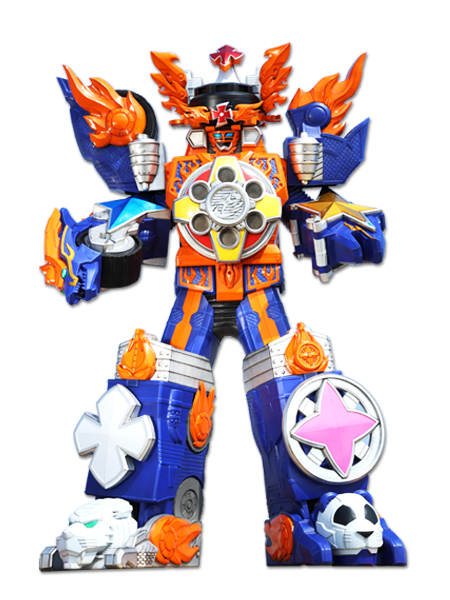
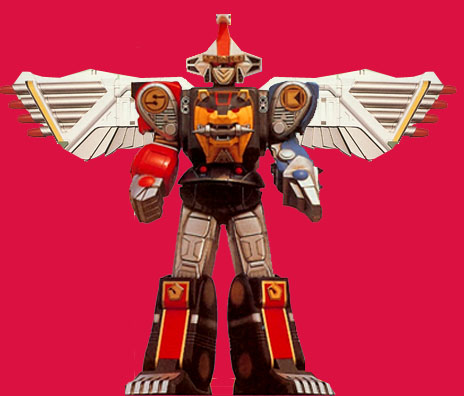
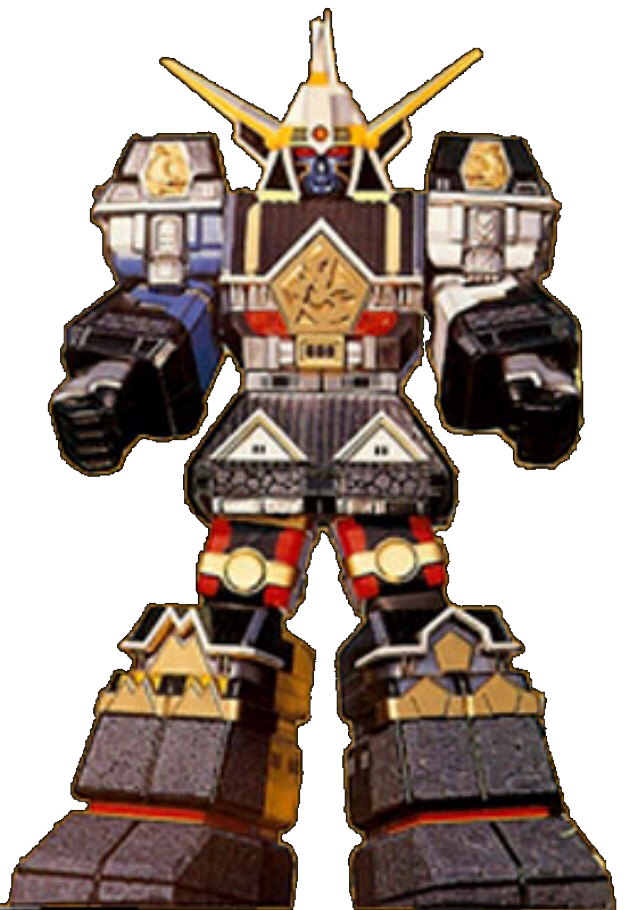
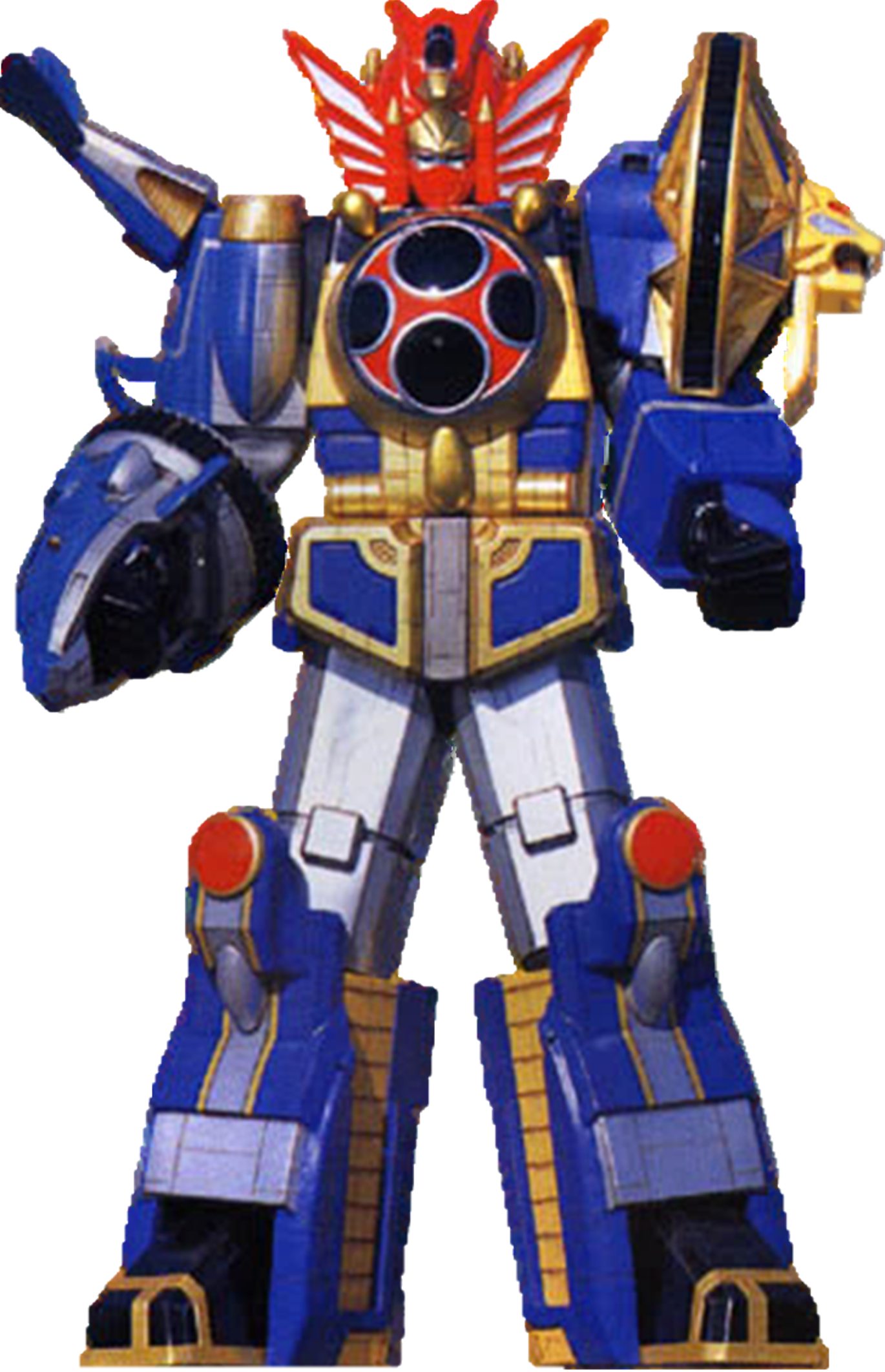

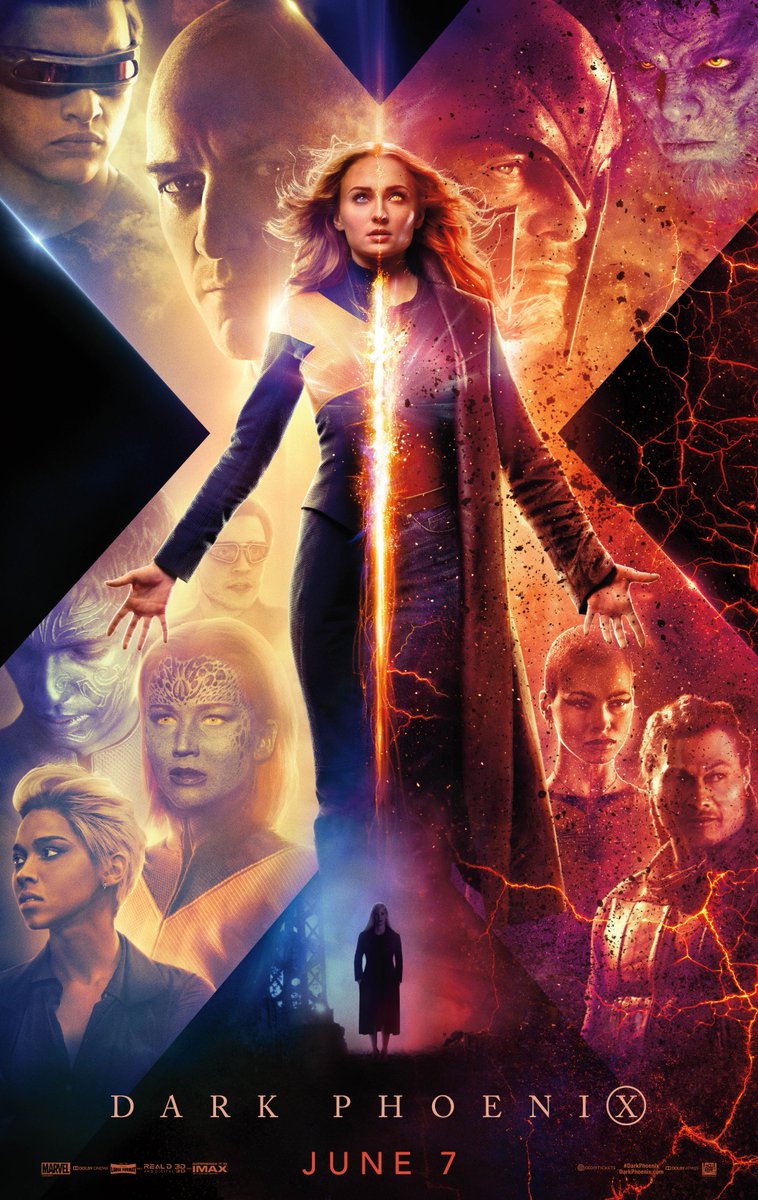


_from_Official_Handbook_of_the_Marvel_Universe_Vol_2_2_001.jpg)



